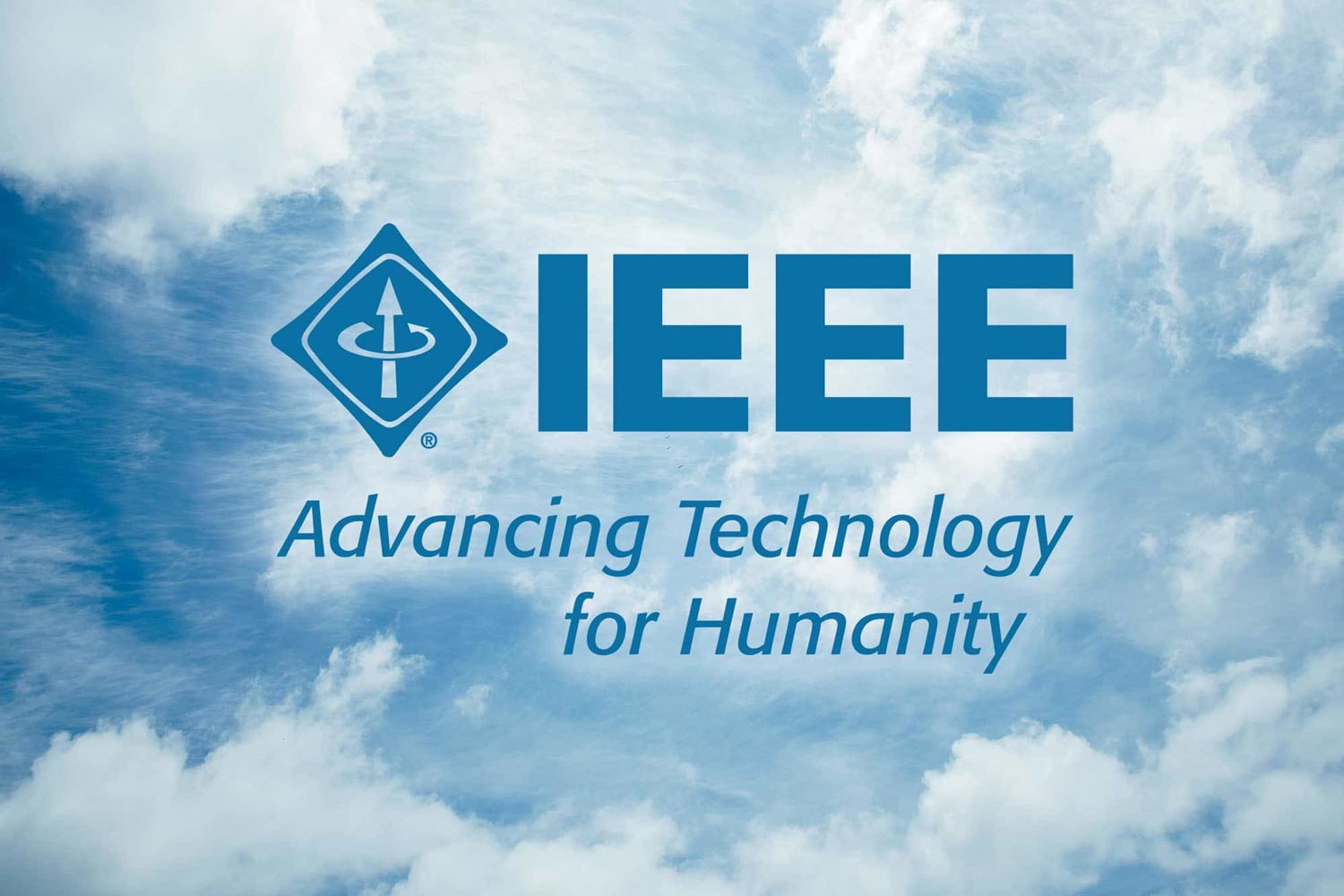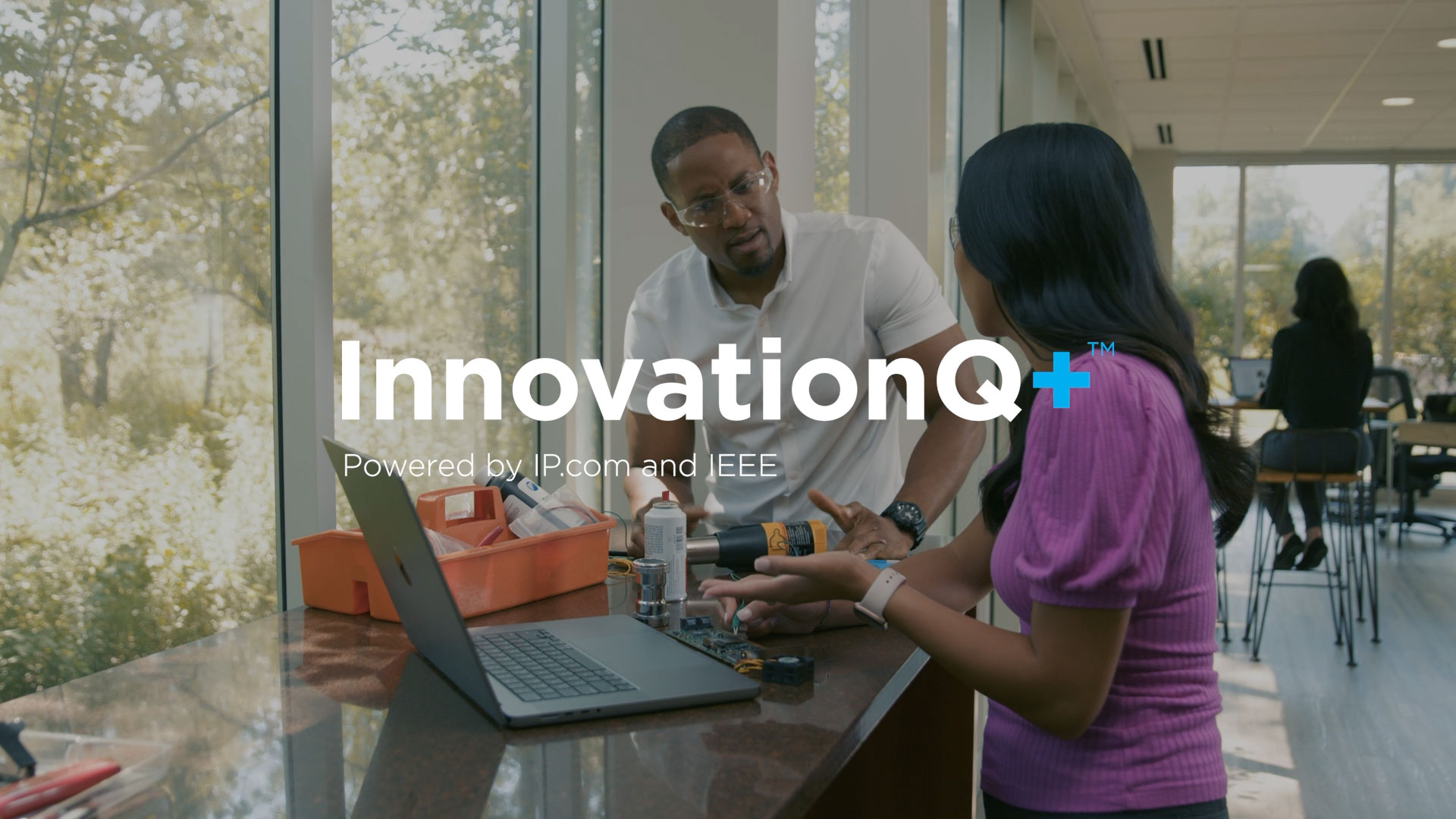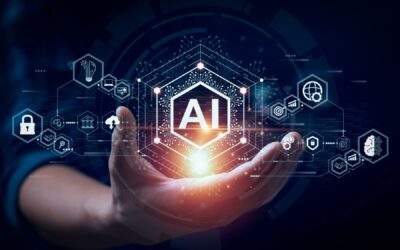InnovationQ+™ is an innovation and IP decision support workflow solution packed with powerful data analytics and competitive insights that enable informed, rapid decisions—reducing costs, maximizing ROI, and accelerating innovation. Our patent search software and analytics platform improves ROI across the entire innovation lifecycle, from ideation to monetization. The database, equipped with advanced search capabilities, enables critical decision-making around patenting, publishing, and competitive intelligence. It simplifies the discovery and drill-down process, making it easy to find business-relevant data in a fraction of the time.
Faster Innovation
Our patent search software and analytics platform delivers solutions that cover the entire innovation lifecycle, from ideation to monetization. Streamline exploration, simplifying data extraction in record time. InnovationQ+ is your partner for strategic growth and innovation success through data-driven choices.
Rely on superior productivity
An intuitive user experience wrapped around our powerful Semantic Gist® engine eliminates complexity throughout the innovation lifecycle, decreasing time to proficiency for any user.
Amplify results with smart data integration
The proprietary Semantic Gist® engine uniquely aggregates global IP data points for accurate and advanced decision-guiding results. It blends a natural language semantic search with classic Boolean query capabilities, giving users a unique “discover, capture, and drill down” workflow that rapidly targets relevant results. Users can search either using natural language, Boolean query, or both to maximize their workflow process.
Own the competitive advantage
Custom reports identify information that the C-suite can use to target R&D investments better, focus on high-monetization opportunities, and elevate your IP strategy.
Industry-exclusive technology

Introducing InnovationQ+: Your ultimate innovation and IP decision workflow solution, infused with robust data analytics and strategic insights. Experience agile decision-making across the lifecycle, yielding optimized efficiency, amplified ROI, and accelerated innovation.
Unleash the potential of our patent search software and analytics, designed for increasing ROI from concept to monetization. Empowered by advanced search, our database enables pivotal decisions on patent strategies, publications, and competitive insights.
Semantic Gist®
Harness the power of our Semantic Gist® engine, which aggregates vast amounts of global IP data, encompassing patent and non-patent literature. The comprehensive library of patent and non-patent literature is supplemented with industry-exclusive access to IEEE and OnePetro content. Accurate, advanced, and actionable results are at your fingertips.
Synopsis AI
Revolutionize IP evaluation with Synopsis AI. This pioneering approach swiftly distills essential IP content, transforming pages into succinct paragraphs for expedited analysis and faster turnarounds.
Semantic Map
Navigate the competitive landscape effortlessly with the Semantic Map (concept map). Visualize relationships across multiple vectors, spotlighting key terms to streamline searches. Identify unexplored opportunities by pinpointing white space.
HD-analyze
Immerse yourself in HD-Analyze’s integrated data visualization. Drastically reduce search-related time and costs while gaining crucial insights. Our tool empowers you to make informed decisions efficiently.

ENHANCED Features
InnovationQ+ is packed with features that will give your innovation process a competitive edge.
- Supports seamless, combined semantic and Boolean query searches allowing users to fully customize their search experience.
- Easily create and view Alerts in the main search and use all of InnovationQ+’s functionality to review and manage these results. You can quickly chart up to 25 portfolios with up to 100,000 documents in total.
- A Company Lookup in the sidebar helps you to understand company relationships more easily.
- Only platform in the industry that integrates fully searchable IEEE and OnePetro content.
- Powered by T7 Authority Analysis, offering near-global coverage & visibility.

Exclusive IEEE Content
InnovationQ+ is the only patent search tool that features exclusive, fully discoverable content from IEEE, including full-text journals and conference papers alongside one of the largest global patent databases in the industry. IEEE is the world’s most up-to-date source of scientific and technical literature and is cited three times more than any other technical source during patent prosecution.

Drive Business Decisions
Gain data-backed insights that enable strategic positioning, patent mapping, innovation monetization, and identification of licensing opportunities.
Customize your export with new export fields and a streamlined export action menu. The new Export fields include representative images and geographic/location information. Images in the Excel export aid quick patent identification and facilitate distinction among the patents of interest. Geographic location information connects the development or ownership of a patent/technology to a given inventor and assignee geography.
Ready to get started?
Gain a competitive advantage with InnovationQ+™
- Monitor your competitors and identify market disruption quickly.
- Uncover patents within our database from global competitors and their subsidiaries and identify technology investment trends.
Sign-up for a free demo today and see for yourself the power of the IP.com innovation platform.
InnovationQ+™ News & Resources
Generative AI’s Impact: Top 5 Things to Watch
The collaborative nature of the NIARR pilot, bringing together academia, industry, nonprofit and government sectors, is intended to promote cross-sector partnerships. Industry collaboration can lead to the development of commercially viable AI applications and solutions, fostering economic growth by creating new markets and revenue streams.
The Importance of the National Artificial Intelligence Research Resource (NAIRR) Pilot to Public Research
The collaborative nature of the NIARR pilot, bringing together academia, industry, nonprofit and government sectors, is intended to promote cross-sector partnerships. Industry collaboration can lead to the development of commercially viable AI applications and solutions, fostering economic growth by creating new markets and revenue streams.
Join IP.com at Booth #111 for Exclusive AI Innovations at FLC National Meeting 2024
IP.com is sponsoring the FLC National Meeting 2024. Join us on April 9-11 for key insights on federal tech transfer. Don’t miss our presentation on Generative AI for Structured Ideation and preview our AI-powered IP solutions!




